Mute cornetti in general
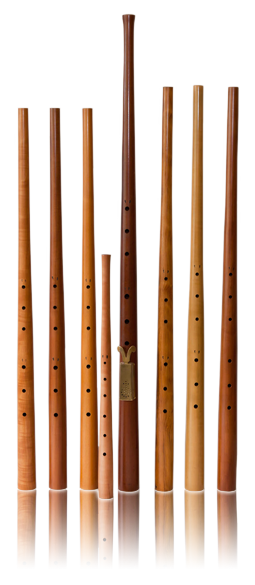 Original mute cornetti very often have a very low overblown first note; on an instrument in g this will be a g sharp and never an a flat. Similarly, on an instrument in a this will be an a sharp and not a b flat. One could even conclude that some of the instruments are intended to overblow an octave and fill the range by a fingering like that of a flute (see straight cornetti Freiberg and Nürnberg MI 390).
Original mute cornetti very often have a very low overblown first note; on an instrument in g this will be a g sharp and never an a flat. Similarly, on an instrument in a this will be an a sharp and not a b flat. One could even conclude that some of the instruments are intended to overblow an octave and fill the range by a fingering like that of a flute (see straight cornetti Freiberg and Nürnberg MI 390).
Unless a direct copy is required, I generally make instruments so that standard curved cornett fingerings can more or less be used. The note that corresponds to the high a of a curved cornett can require alternative fingerings 0 020 000 or 0 103 400 however.
I can make mouthpieces similar to those on the originals or to the taste of modern players. Normally it is convenient to have a mute mouthpiece slightly larger than that on a standard cornetto. I have a large number of mouthpiece models at my disposal.
Leipzig 1561/1562 Mute cornetto in g
An instrument with the signature HIER.S (Bassano) which plays (with small modifications) one note lower than a curved cornett in a at 440 Hz
in a'= 440 Hz
- boxwood, true service wood, white beam, plum wood
Leipzig 1561/1562 - Leipzig Mute cornetto at high pitch
Using Leipzig 1561/1562as a basis, I have developed a mute cornetto that plays at a'= 465 Hz. I make this instrument in two versions:
a) on which the distance between the lowest finger hole and the bottom of the instrument is similar to the original, first overblown note is a g sharp
b) is a shortened instrument with a higher 1st overblown note. This instrument can be used as a g instrument in 440 or an a instrument at 415 Hz.
in a'= 465 Hz or a'= 415 Hz
- boxwood, true service wood, white beam, plum wood
Mute cornetto in a
An instrument from the Brussels collection made by Bassano. This instrument was probably conceived as a g alto instrument at a'= 480 Hz. With only very few modifications, this instrument can be transformed into a mute cornetto in a at modern pitch.
in a'= 440 Hz
- boxwood, white beam, plum wood
Cornettino muto
A copy of the Milla instrument in the Kunsthistorisches Museum Wien plays at a'= 465 Hz. I also make a version at modern pitch. The instrument has a strong bottom register and plays well down to d and up to high b flat or even c. This is a fantastic instrument, especially (though not exclusively) suitable for players with small hands.
in a'= 465, 460, 440 Hz
- boxwood, figured maple, fruitwood
Mute cornetto with a key for F
Following the advice of Michael Praetorius, I have added an F-key to my standard g instrument, allowing musicians to play alto parts which go down to F. The high range is not affected by this modification.
in a'= 465, 460, 440 Hz
- plum wood, brass key
Mute cornetto Berlin 3066
The mute cornett Nr. 3066 from the Berlin collection merits our attention for several reasons. Firstly because we can identify the maker, Sigmund or Arsazius Schnitzer from Nürnberg/München, we can accurately date the instrument to the first half of the 16th century. Another good reason to look at this instrument is that it was used by Paul Hindemith at one of his “Berliner historische Konzerte.” The cornett is bent, which means that we are not able to measure the bore using normal methods. Frank Kamper, Design and Engineering used the computer tomogram of the instrument, then digitally ‘straightened it out’ and thus was able to provided all necessary dimensions. Using his information, we were able to determine the size and shape of the reamers that were needed to make it. As the instrument is fairly round, we could design the reamers for the bore and the mouthpiece using CAD technology. The instrument is musically quite impressive: it plays as a cornett at a’= 465 Hz. It is a missing link in the range of mute cornetts that we find in museum collections. Another interesting characteristic of the instrument is its narrow bore (5,2, mm) at the entrance. This causes a very centred sound in comparison to other mute cornetts.
For the prices of the instruments please consider the current price list .

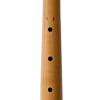
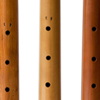
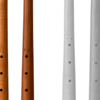
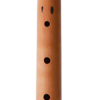
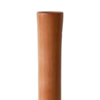
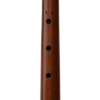
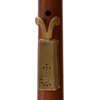
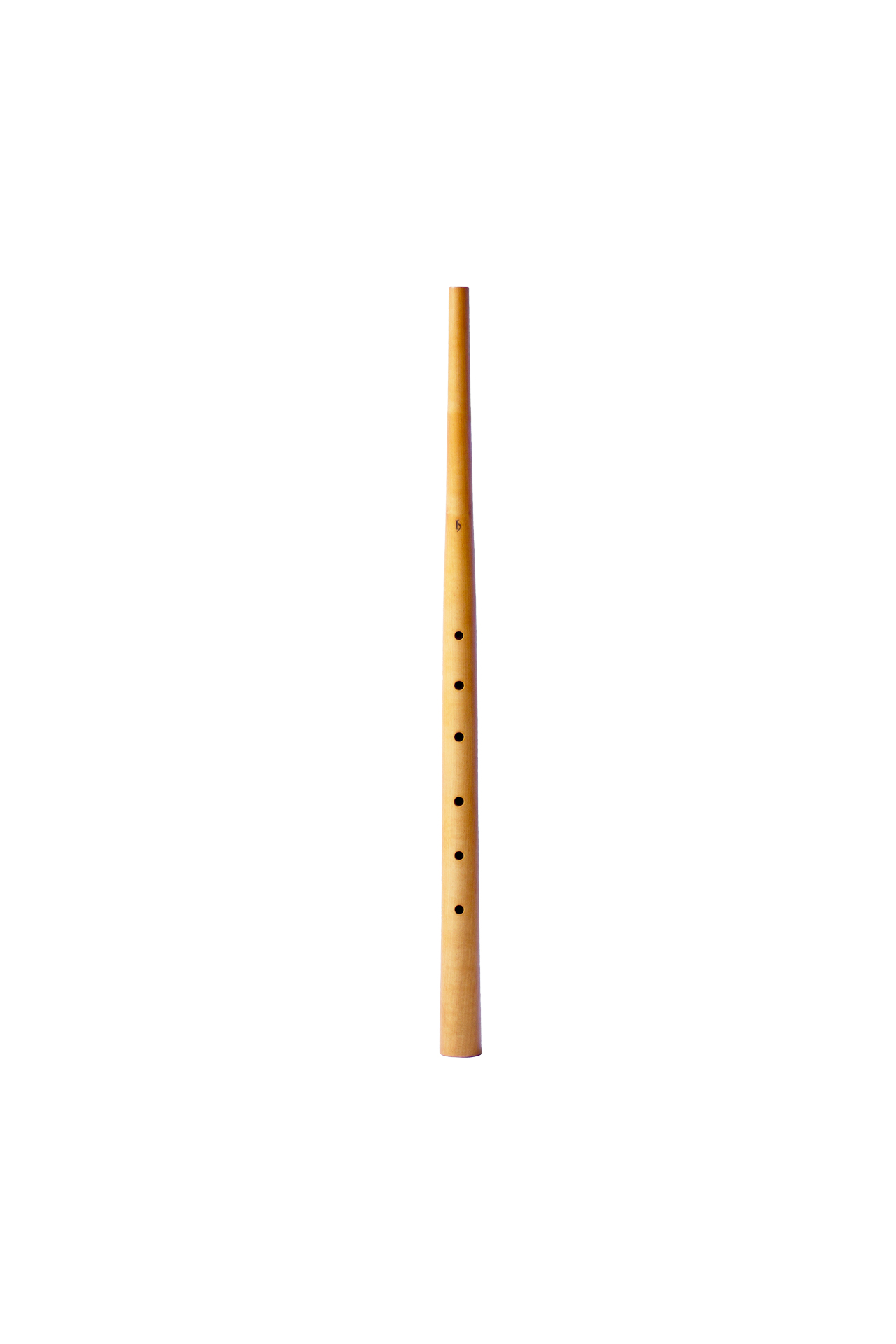
 Change language
Change language Deutsch
Deutsch Français
Français